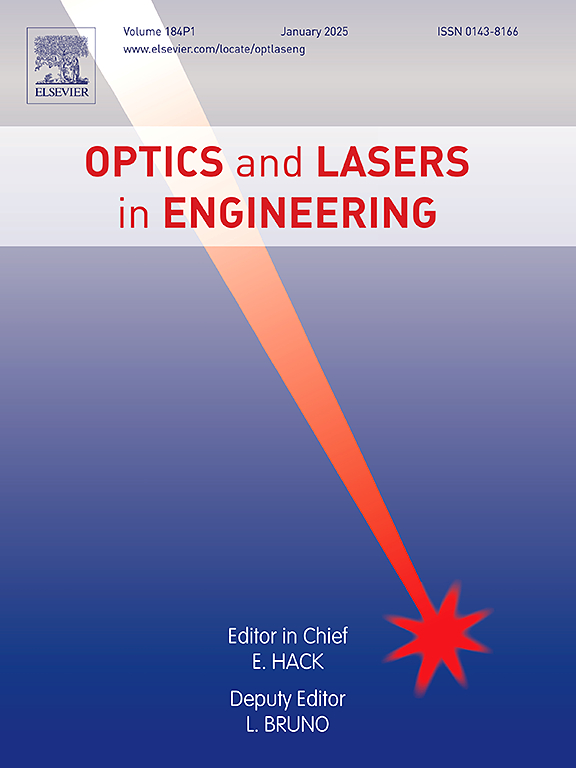LoGics: Anomaly detection of key components of high-speed rail via zero-shot learning
IF 3.5
2区 工程技术
Q2 OPTICS
引用次数: 0
Abstract
In this paper, We present LoGics (Local Gaussian Distribution with Interaction Scores), a zero-shot anomaly detection framework for high-speed rail component inspection. The method combines three technical enhancements: local Gaussian distribution modeling with sample relationship analysis to enhance anomaly discrimination in training-free settings, feature space normalization addressing cross-domain discrepancies in industrial feature representations and distribution-guided threshold computation that automatically selects optimal strategies based on data characteristics. Experimental results on MVTec and VisA industrial benchmarks demonstrate the framework's effectiveness, achieving 97.9% image-level AUROC. This performance approaches supervised methods while requiring no annotated training samples, suggesting practical value for infrastructure inspection tasks where defect examples are unavailable.
逻辑:基于零采样学习的高铁关键部件异常检测
在本文中,我们提出了logic (Local Gaussian Distribution with Interaction Scores),一个用于高速铁路部件检测的零采样异常检测框架。该方法结合了三种技术改进:局部高斯分布建模和样本关系分析,以增强无训练环境下的异常识别;特征空间归一化,解决工业特征表示中的跨域差异;分布引导阈值计算,根据数据特征自动选择最优策略。在MVTec和VisA工业基准上的实验结果证明了该框架的有效性,达到了97.9%的图像级AUROC。这种性能接近监督方法,同时不需要带注释的训练样本,这对于无法获得缺陷示例的基础结构检查任务提出了实用价值。
本文章由计算机程序翻译,如有差异,请以英文原文为准。
求助全文
约1分钟内获得全文
求助全文
来源期刊

Optics and Lasers in Engineering
工程技术-光学
CiteScore
8.90
自引率
8.70%
发文量
384
审稿时长
42 days
期刊介绍:
Optics and Lasers in Engineering aims at providing an international forum for the interchange of information on the development of optical techniques and laser technology in engineering. Emphasis is placed on contributions targeted at the practical use of methods and devices, the development and enhancement of solutions and new theoretical concepts for experimental methods.
Optics and Lasers in Engineering reflects the main areas in which optical methods are being used and developed for an engineering environment. Manuscripts should offer clear evidence of novelty and significance. Papers focusing on parameter optimization or computational issues are not suitable. Similarly, papers focussed on an application rather than the optical method fall outside the journal''s scope. The scope of the journal is defined to include the following:
-Optical Metrology-
Optical Methods for 3D visualization and virtual engineering-
Optical Techniques for Microsystems-
Imaging, Microscopy and Adaptive Optics-
Computational Imaging-
Laser methods in manufacturing-
Integrated optical and photonic sensors-
Optics and Photonics in Life Science-
Hyperspectral and spectroscopic methods-
Infrared and Terahertz techniques
 求助内容:
求助内容: 应助结果提醒方式:
应助结果提醒方式:


